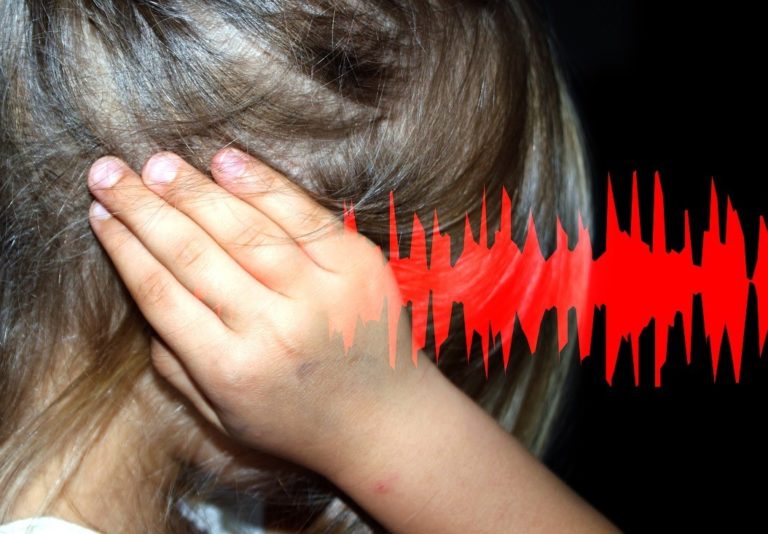
Heart Rate Variability vs. Heart Rate: What’s the Difference?

Get access to everything we publish when you
sign up for Outside+.
As technology advances, so do our opportunities to take advantage and track our fitness in new ways. Nowadays, smartwatches often include heart rate variability (HRV) as a measurement. While this feature is exciting, many fitness enthusiasts aren’t sure what to do with this number. The number one comment I hear is, “Aren’t HRV and heart rate the same?”
If your goals include maximizing your muscle tone, strength, power, sport performance or weight loss without being sidelined by the brain fog, fatigue, and injuries that come with overtraining, HRV is for you!
Let’s talk about what this powerful number is, and how it can accelerate your training progress while minimizing unwanted overtraining symptoms.
HRV vs. Heart Rate
Heart rate and HRV are not the same. Heart rate is the number of times your heart beats in one minute. Heart rate variability tracks the time between each heartbeat. The time between each beat varies; the variation is so small that you cannot measure it without technology.
Newer smart watches capture both these metrics. And even if you have an older device, you can still buy an additional HRV monitor that syncs to a smartphone app.
HRV reflects total body stress from any source. It doesn’t differentiate physical versus psychological stress, and it doesn’t differentiate good from bad stress. The measurement sheds light on how your sympathetic “fight or flight” nervous system is balanced with your parasympathetic “recovery” nervous system on a daily basis.
If your body is more stressed, your sympathetic nervous system is in control and the space between each beat becomes more uniform. This results in decreased HRV. Think of a day when you felt very stressed or tired; the way you interacted with your environment likely became robotic. Your HRV is the same; when the mind-body is stressed, HRV generally becomes more uniform.
If your body is less stressed, your parasympathetic nervous system is in control. The space between each beat generally increases and becomes less consistent. This results in an increased HRV. Think of a day when you were having a lovely vacation. You were likely more free-spirited, creative and spontaneous. Your HRV acts like this too; less stress equals greater variability.
These HRV changes are not reflected in your heart rate, so measuring HRV offers some new objective insight that can help you tailor daily training intensity.
Using HRV to Guide Your Workout Intensity
If you are using a smart watch, your HRV will likely be displayed on your phone somewhere in the relevant health app. It will show a number like 50 milliseconds, for example, which represents the average time between your heart beats over the time that the device captured data. The actual number you see is determined by age, gender, health, genetics, stress and many other factors.
While it’s tempting to figure out if your number is “good,” or “bad,” HRV doesn’t work this way. Instead, the weekly trends provide the valuable training readiness insight you seek. Pull up the weekly HRV view screen on your app, and focus on the trend. A steadily declining trend over a few days means your body might be overly stressed. This is a signal that your next workout should be low intensity. Consider walking, yoga, Pilates or decreasing the intensity of your planned workout by 50 percent.
If you use a commercial fitness app to monitor your HRV, it will create an auto-classification for you. A common classification scheme is red, yellow or green, but it may vary based on the manufacturer.
- Red would be code for low heart rate variability. This is a signal that your next workout should be low intensity.
- Green would be high heart rate variability. This is a signal that your next workout should be whatever you had planned, including high-intensity training.
- Yellow is a code for somewhere in the middle. Consider scaling back your next workout by 25-50 percent of your original plans.
Common HRV Training Q&A
As we embrace new technology, many questions arise. Here are some of the top fitness HRV questions and answers.
What if my HRV shows a declining trend (or a continuous code red), but I continue to do high-intensity workouts anyway?
There isn’t a definitive answer to this question yet. However, having worked with dozens of trainers and clients using HRV methods over the past few years, a common trend seems to be plateauing progress, appearance of overtraining signs or illness.
Isn’t the common sense “listen to your body” approach the same as HRV?
Sometimes yes and sometimes no. Have you ever had an amazing workout just to find that you needed a nap, or devoured an entire pint of ice cream 2 hours later? These are signs that your training did not match your physiological readiness to train. HRV offers objective insight into that level of readiness, as opposed to going off a gut instinct.
Can I train my mind to accurately predict my HRV numbers?
The research is still uncertain. While some people seem intuitively more in tune with their own bodies, others can be trained to align intuition with more objective measures. With HRV, the degree to which intuition can be aligned with objective technology has yet to be researched.
Next Steps
If you have access to HRV technology, you can start using these insights to scale your daily workout intensity. Current research suggests that matching your exercise intensity to your HRV offers a more efficient path toward fitness goals, while minimizing overtraining signs that could hinder your progress.
Have friends with smart watches or HRV monitors? Share this article with them so they can achieve more efficient fitness results, too.
Published at Fri, 11 Mar 2022 07:53:27 -0800






